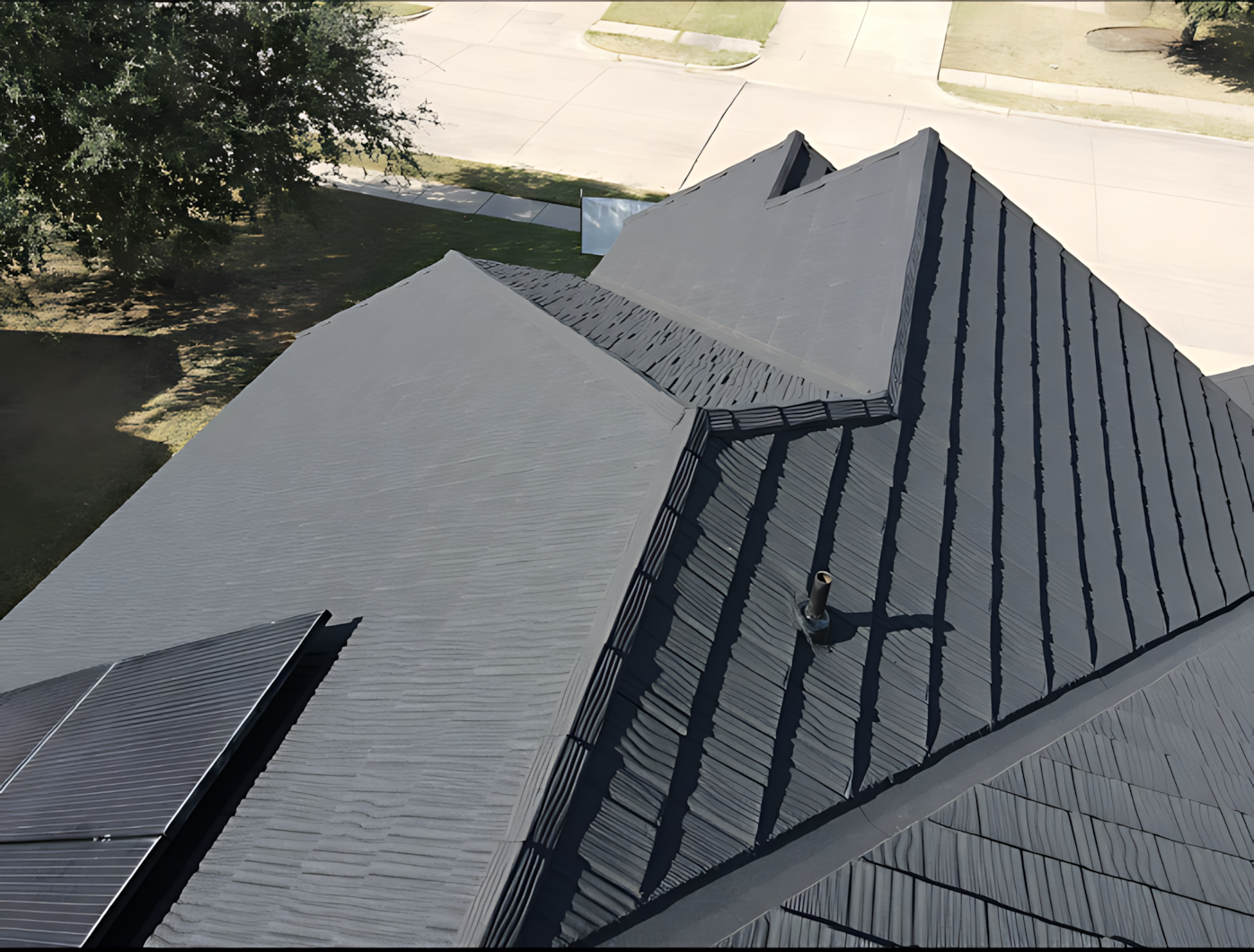Why Gutters Are Essential for Protecting Your Home's Roof, Foundation, and Landscaping
Gutters are a crucial component of your home’s exterior, helping to protect your roof, foundation, and landscaping from water damage. Here’s what you need to know about maintaining and optimizing your gutter system:
Importance of Gutters
1. Water Management:
Gutters direct rainwater away from your home, preventing water from pooling around the foundation, which can lead to structural damage.
2. Roof Protection:
By channeling water away, gutters prevent water from seeping under the roof and causing leaks or rot.
3. Landscaping Preservation:
Properly functioning gutters prevent water from washing away soil or damaging plants near your home.
Materials
1. Aluminum:
Lightweight and rust-resistant, making it a popular choice for many homeowners.
2. Copper:
Durable and aesthetically pleasing, though more expensive.
3. Vinyl:
Affordable and easy to install, but less durable in extreme climates. We highly recommend avoiding vinyl in Texas.
Maintenance Tips
1. Regular Cleaning:
Remove leaves and debris to prevent clogs. Consider installing gutter guards to minimize buildup.
2. Inspect for Damage:
Check for cracks, rust, or sagging sections, especially after heavy storms.
3. Check Downspouts:
Ensure downspouts are clear and direct water at least 6 feet away from your foundation.
Professional Help
For installation or major repairs, it’s best to consult with a professional to ensure the job is done correctly and your gutters are functioning optimally.
By keeping your gutters in good condition, you can protect your home from costly water damage and maintain its curb appeal.
Ready for New Gutters or Maintenance?
Give us a call for new gutter installation or a yearly maintenance appointment at 817-774-1298.



















